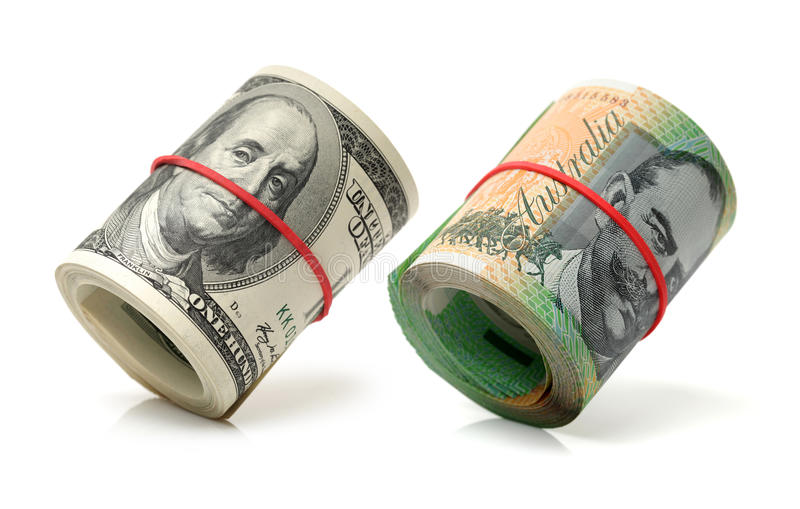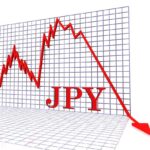Australian dollar reached a new five month high.
The Australian dollar (AUD) rises on Wednesday as risk appetite improves, while the US Dollar (USD) may show symptoms of weakening due to speculation about the Federal Reserve’s (Fed) dovish position on interest rates. The AUDUSD pair is trading below its recent high of 0.6829, a level not seen in nearly five months.
As long as inflation remains stable, the Australian central bank may become more hawkish in early 2024.
Australia’s central bank is hawkish, owing to strong inflation and stable home prices. adding to the resiliency of the Australian Dollar. The following year could see a tug-of-war between rate-cut expectations and the Reserve Bank of Australia’s (RBA) resistance. With the latest RBA predictions approaching the upper limit of the 2-3% inflation target by the end of 2025, the RBA may be open to further consideration.
Industrial profits in China fell 4.4% year on year in January-November.
China’s industrial profits fell 4.4% year on year from January to November, signaling a slowdown and emphasizing the need for extra policy support from Beijing to boost development in the world’s second-largest economy. In 2024, China will take center stage in determining the global economic environment, with stable inflation and low borrowing costs. The world is watching with bated breath as the global economy gains traction, especially with the risk of a recession. China’s economic stimulus. Such developments could persuade the Reserve Bank of Australia (RBA) to retain its hawkish policy, which is dictated by the two nations’ trade links.
US dollar is under pressure due to predictions that the Fed may ease policy in the coming year.
The US Dollar Index (DXY) is under pressure as speculation grows over future easing by the US Federal Reserve (Fed). This attitude is accentuated by the drop in US Treasury yields, which adds to the factors eroding the Greenback’s strength.
On Tuesday, former Dallas Federal Reserve President Robert Kaplan spoke to the media. Kaplan underscored the Federal Reserve’s earlier mistake of maintaining heavy accommodation for an extended period of time, despite evidence of economic growth. He stated that the central bank is wary of repeating the same error on the currency. Avoiding a situation where it becomes unduly restrictive.
Daily Market Movers: Australian Dollar gains on hawkish RBA, lower AUD Greenback.
RBA Private Sector Credit (MoM) increased by 0.4% in November, exceeding the preceding gain of 0.3%. However, year-over-year data showed a 4.7% fall, compared to the preceding 4.8% increase.
In its most recent Meeting Minutes, the RBA emphasized the importance of gathering further evidence to determine the balance of risks before deciding on future interest rates.
The US Housing Price Index (MoM) fell to 0.3% from 0.7% the previous month, falling short of the 0.5% expected in October.
According to the US Bureau of Economic Analysis (BEA), the Core Personal Consumption Expenditures – Price Index (YoY) increased at 3.2% in November, falling short of the 3.3% and 3.4% predictions. prior. While the MoM report showed consistency at 0.1%, the market expected 0.2%.
In Q3, the US GDP annualized expanded at a pace of 4.9%, somewhat lower than the predicted rate of 5.2%.









